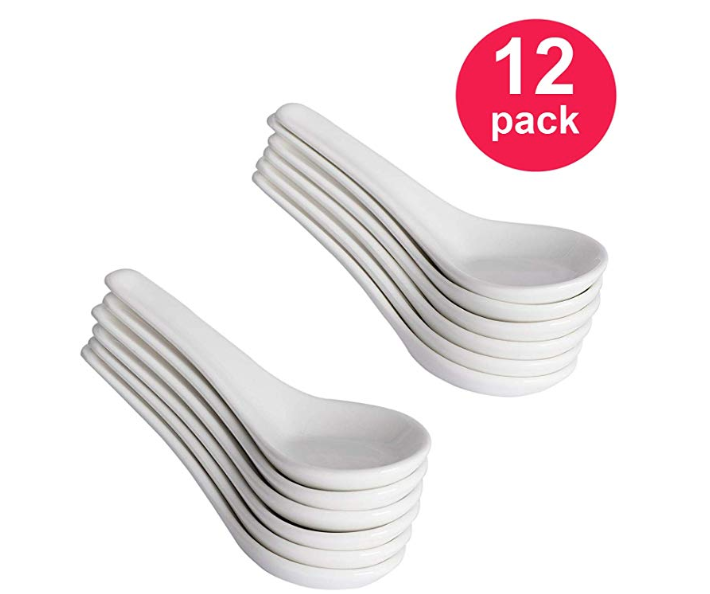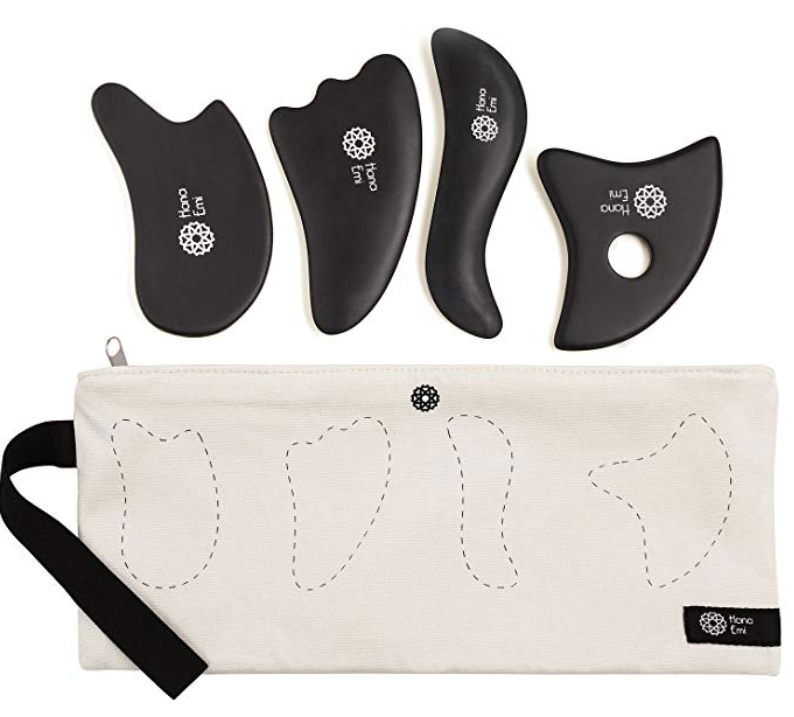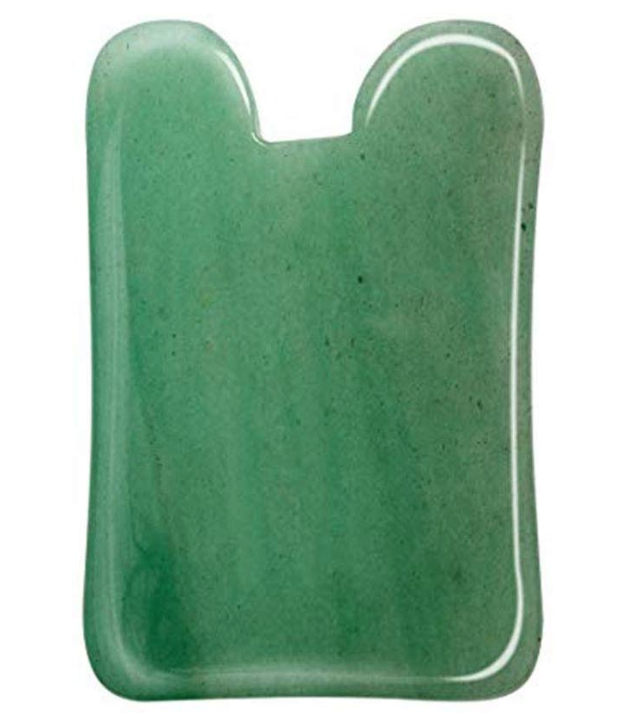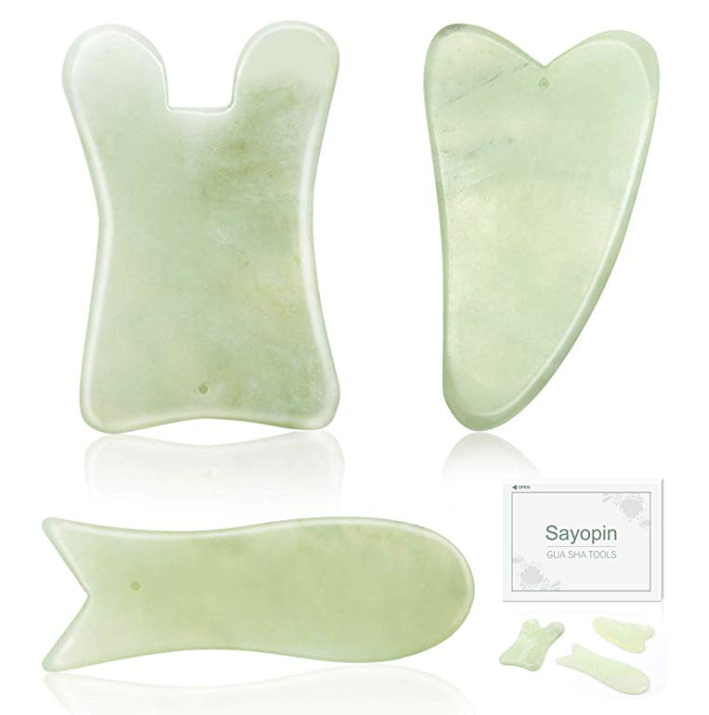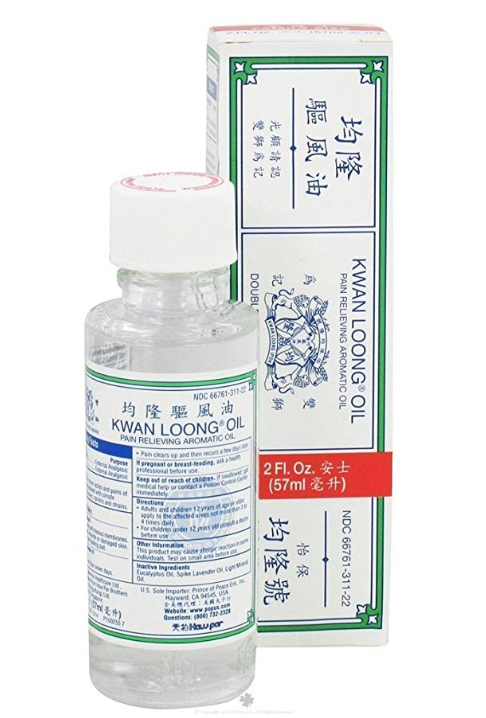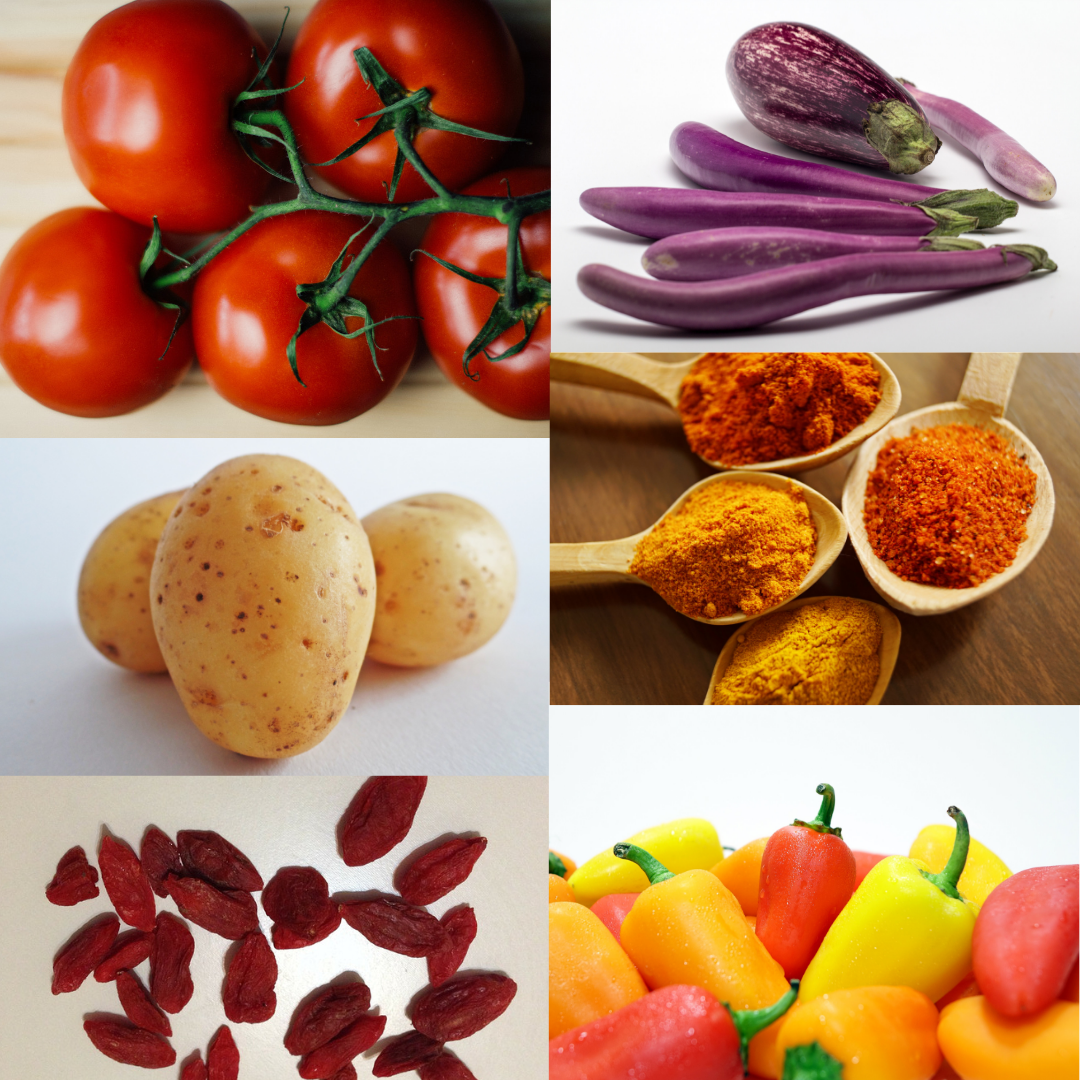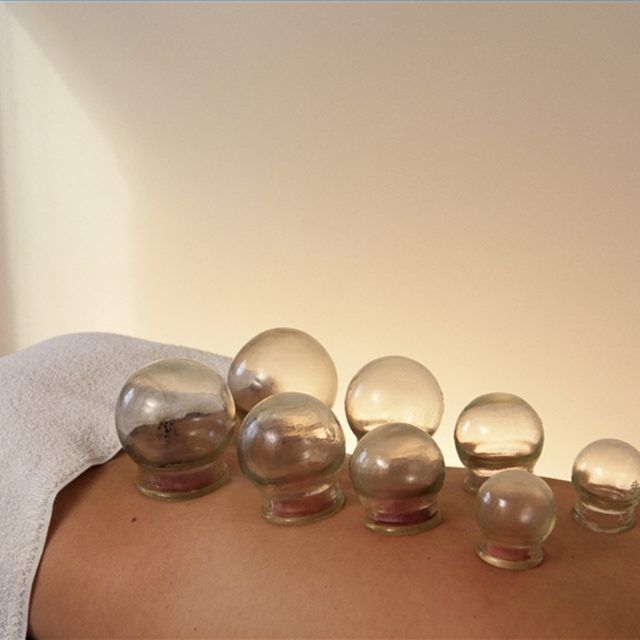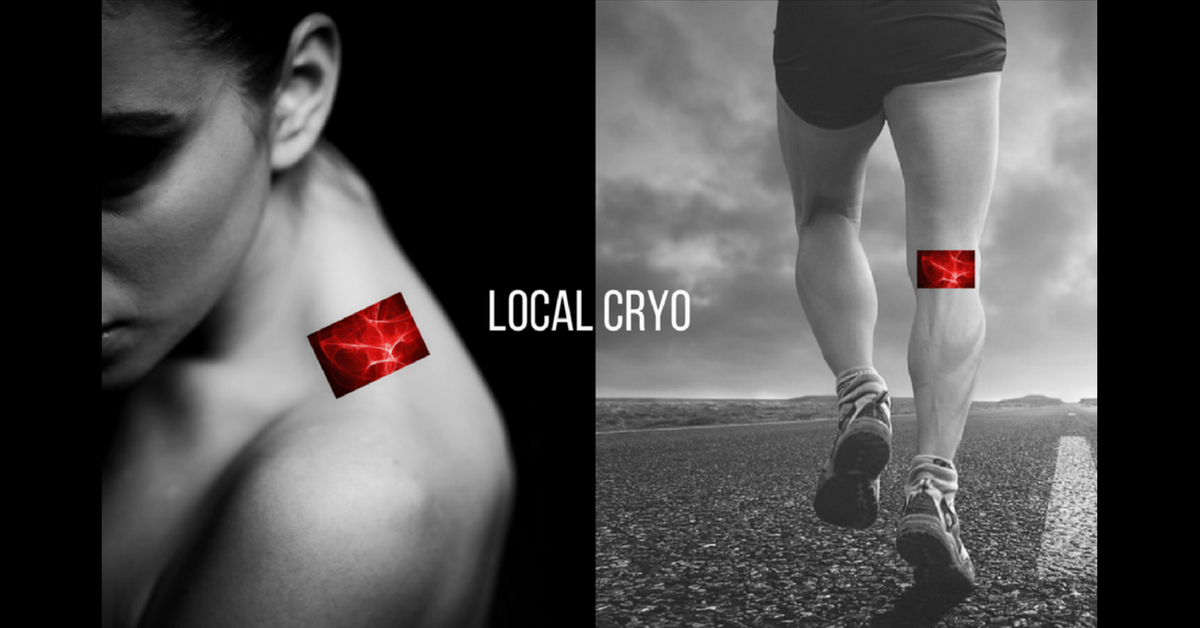Part One: Shopping List for "You Got Sick - Now What?"
/When I wrote You got Sick - Now What? back in 2011, I wasn’t aiming for a textbook style instruction manual filled with technical and foreign concepts. I wanted a simple straightforward look at some simple at-home remedies that I often advise patients to try at the onset of illness. While there are some good studies about the techniques I choose to include, it was more important to make a book with practical tools that have been passed down in families and used before seeking “proper” medical treatment.
In most cases, if you have a cold or catch the flu and you aren’t a high-risk patient, other than some over-the-counter medicines and bed rest the conventional medical route doesn’t offer much in the way of recovery from colds and flu. What I did not realize is that even though some of the techniques have been around for millennia, they were still not well known to many in the west.
Fortunately, it seems that traditional therapies are starting to get their time in the spotlight and are being recognized as true Evidence-Based Medicine (EBM). With that being said some of the tools the book employs are still a bit mysterious and while relatively inexpensive the selection on sites like Amazon may be overwhelming. I hope that this “shopping list” will allow readers to have some confidence in what items they add to their shopping cart and help themselves recover quicker.
It is probably better to pick up some of the items, including the book prior to getting sick because even with a prime membership delivering the next day, the ability to start treatment as soon as you feel sick will reduce the course of the disease.
I can only list the products that are not groceries here but feel free to use Amazon Fresh for any of the soup recipes.
I’ve referenced Amazon several times now and yes, you can get these products elsewhere, but for ease of use, I’ve linked to all the products on that site. Full disclosure, they are affiliate links so if you do buy something, I might be able to keep my bulldog eating that fancy kibble he’s grown to love.
Since Chapters 1-4 deal with breathing techniques, clothing, exercise and soup we can skip to the chapters that have items you may not have in your house.
Gua Sha
When I wrote the book, “facial gua sha” wasn’t a thing yet. I contest that using a gua sha tool for a facial massage is fine, but it’s not what it traditionally is used for. I’m not attacking the technique, just stating that it is a modern trend promoted by many IG influencers and not rooted in traditional home care health practices.
This technique works well with a jar lid or a Chinese style soup spoon. In fact, I tend to prefer the soup spoon as my thumb fits perfectly in the depression which gives it support. These are great because they have a rounded edge as opposed to a flat edge like a western spoon. If you have either of these, scrape away. If you don’t and want to pick up a spoon that’s nicely decorated or plain ones in bulk (maybe you can give them out as gifts or have some kind of soup dinner party, I’m not judging) follow the links below. You can get away with the plastic ones, but the ceramic ones aren’t much more expensive and definitely feel better to both the person doing Gua Sha and the person getting it. I’ve seen steel ones, but I’d avoid those because they have a flat lip.
Now when you want Gua Sha tools that are made specifically for Gua Sha, you have a variety of shapes and materials to choose from. Here’s a shortlist, but throw the term into an amazon search and you’re left with thousands of hits.
Water Buffalo Horn
Part of Chinese medicine’s sad past is the use of animal products for clinical use. Buffalo horn has been used forever for a variety of therapeutic tools and I do have some in my clinic. However, they are for historical value and I do not use them on patients. The main reason is they are made of keratin, much like our hair and nails and are hard to clean. If you wish to use them in your home, please understand that they may eventually break down and I’ll include one link to a kit. I’m not judging anyone here, I just think that there are plenty of stone versions that are more durable and will last a long time. Here’s a set that I think is good.
Bian Stone
Bian stone is a very cool rock. There is a legend that acupuncture was literally stumbled upon when a man with a stomach ache fell along a path. A sharp stone hit an acupuncture point below his knee and relieved his pain. Most likely this didn’t happen. Bian stone is a dark dense material mainly composed of limestone. It does emit a lot of infrared when heated and that may be part of the reason it is thought to have healing properties. Maybe down the road, I’ll do a post specifically on Bian, but not today.
If you’re looking for a single Bian stone gua sha, check this one out: https://amzn.to/30Fwm8o
Here’s a 12 pack of simple white ceramic spoons. They’ll get the job done and they’re affordable: https://amzn.to/2FZoipb
If you want a wide color pallet, here’s another dozen: https://amzn.to/30rMt9i
Here’s a 4 pack of traditional looking spoons: https://amzn.to/2ttxLmb
One more, just because I like cherry blossoms: https://amzn.to/2QZVao2
For a full set of tools, including a nice carrying case, you might want this one: https://amzn.to/37dQrVs
Jade
Jade is another stone that is supposed to have therapeutic properties. When it is heated it too emits infrared energy. It is used in many wellness/beauty products in Asia. The research on some of the claims is lacking, but it is durable, feels good against the body and I’ve noticed with a tool I’ve had over 20 years now, that it changes color over time. I’m assuming this is due to changes in the mineral composition when it comes in contact with the oils we use for gua sha. Just like every other material, there are many choices on Amazon. Even tools marketed as facial devices are fine to use for regular gua sha.
This one looks like the first one I ever owned which a friend gave me back in 1999. I still have it! I love the fact that the “slot” at the end is perfect for running down the spine, so you can release the paraspinal muscles without hitting the spine itself. It’s not only for spinal issues, but the other edges and flat parts work great for the rest of the body. https://amzn.to/2RDF2Yw
Here’s a set that gives you the three most popular shapes in jade. For the average home user, you might only need one tool for a lifetime, but a cheap set can let you play and figure out which shape you like the best. https://amzn.to/2TGlrcU
Metal
Metal tools became pretty popular when Graston’s technique or Instrument Assisted Soft Tissue Mobilization was “invented.” This rebranding of a traditional therapy claims to be more medically-based, but upon inspection just costs more. That being said, even if the tools do cost more, they usually have a good heavy feeling, are easy to clean and are even less likely to break than the stone ones. Usually, the official tools for Graston’s technique cost in the thousands of dollars, but here’s a set that is much more affordable. https://amzn.to/2uZq73d
Lubrication
Dry gua sha technique can be extremely painful. Oil or lotions provide a healthy mix of glide with the right amount of scraping. If you have a particular food oil, like sunflower, coconut or olive, you can use that. For chest colds, I’ve seen it done with mentholated petroleum oil. I’d prefer to stay away from these and I’ve included a list of liniments that can be used alone or mixed with oil to help make the treatment more effective.
Po Sum On
Not only does this one sound like what you do with it, it works well and in addition to the menthol, it also has a pleasant cinnamon smell making it slightly warming and keeping you from smelling like an old man after the gym. It’s mildly aromatic and can help open the sinuses while it is being used on the back. https://amzn.to/2TGe19F
White Flower or Kwan Loon Oil - I’m putting these two together as they are similar in their composition. These both have a mint oil, either peppermint or wintergreen, are clear in color and have methyl silicate, which is similar to aspirin in its pain-relieving effect. It won’t lower blood pressure so it is generally safe to use. White flower is here: https://amzn.to/38l9PA0
Kwan Loon: https://amzn.to/2THNTuQ




